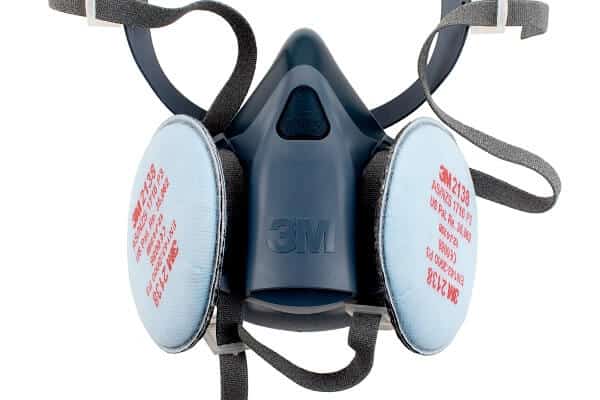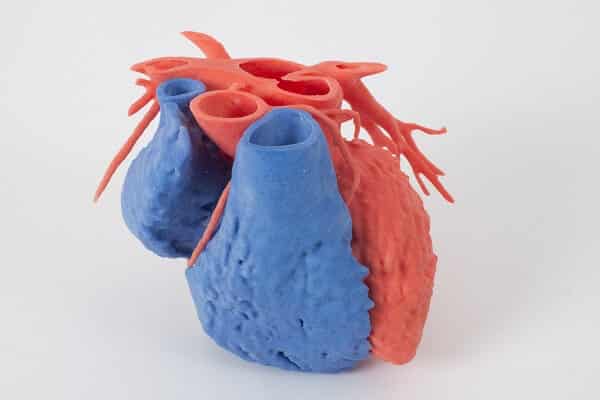The medical sector is vital to the quality and longevity of our lives. We put our trust in scientific research to find answers to all that ails us, but do we consider the collaborative role of medical science and the design industry in the development of medical apparatus?
The Powerhouse Museum is celebrating the innovations of these exemplary fields of practice with the presentation of ‘Design for Life’, an exhibition showcasing medical devices, tools and equipment dating from the 1800s to now. ‘Design for Life’ is a collaboration between the Powerhouse Museum and Sydney Design Week Creative Director Stephen Todd, which brings 200 objects from the museum’s collection together with the latest innovations in medical and scientific product design.

With the global pandemic still biting at our heals we all too familiar with the importance of respiratory devices for saving lives and have become accustomed to the wide-spread use of face masks in the community to stop the transmission and spread of Covid-19. “At a time in which our focus on healthcare has been heightened, this exhibition investigates the role of design within the production of medical technologies. Equipment once limited to hospitals and laboratories, has been reimagined as small-scale devices for use in the home and on the body,” says Nina Earl, co-curator of the exhibition.
‘Design for Life’ explores critical developments in the design of modern day medical equipment across a display of respirators and surgical masks from the 1930s to today and surveys prescriptive medicines and drugs used for the treatment and cure of diseases, while also exploring a range of medical inventions that modify and extend the biological capabilities of the human body.
Exhibition highlights include: a version of the Both Respirator, the world’s first portable artificial ventilator. Otherwise known as an Iron Lung, this tank-like breathing apparatus was originally designed during a polio epidemic in 1937, by brothers Edward and Donald Both in their Adelaide laboratory, to assist patients whose respiratory muscles were incapacitated.
The FLU OIA optical immunoAssay kit, co-developed in 1998 by Australian company Biota Holdings, detects influenza A and B viruses on a nasal swab in 15 minutes, a process which previously would have taken two weeks at best. Read more about the science of FLU OIA here.
The Inventia RASTRUM 3D Bioprinter is the world’s first high-throughput 3D bioprinting platform capable of creating complex 3D cell models that can’t be made using manual methods. This phenomenal scientific invention was designed by Design +Industry and Inventia Life Sciences in partnership with NSW Woman of the Year Professor Maria Kavallaris AM and Professor Justin Gooding ARC. Click here to view Inventia Life Sciences’ video presentation of how the bioprinter works.

Designed by Össur, an international company concerned with Prosthetic, Osteoarthritis and Injury Solutions, the Re-Flex Shock Prosthetic foot offers a high-performance durable design for heavy-duty activities and high-impact sports. The Aesthetics of Prosthetics: a Brief History by Damian McDonald (2015) discusses a range of prosthetics that are on display in the exhibition.
There is much to explore in this show, visit the Powerhouse Museum exhibition page here to find out more about ‘Design for Life’, or to purchase tickets and access visitor information.